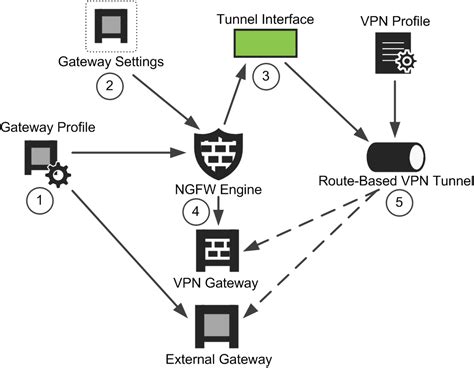In the realm of virtual private networks (VPNs), navigating the nuances of network setups and security protocols is paramount in safeguarding sensitive data. The recent revelation about exploiting routing-based VPNs through DHCP Option 121 has sparked a wave of discussions within the tech community. Contrary to popular belief, the vulnerability lies not in the VPN itself but in how DHCP servers can manipulate routing tables to reroute traffic outside the secure VPN tunnel.
One of the key insights from the discourse is the importance of specific routing rules overriding generic ones in network configurations. As elucidated by users, the specificity of routes defined by DHCP Option 121 can supersede default VPN routes, leading to potential data leakage. This revelation underscores the critical role that DHCP servers play in influencing network traffic and bypassing VPN protections.
Amidst the technical complexities, the debate around effective mitigation strategies takes center stage. While some advocate for the implementation of kill switches or firewall rules to counteract such exploits, others delve into more intricate solutions like leveraging network namespaces and VRF on Linux systems to contain VPN traffic. The community showcases a divergence in opinions regarding the intricacy and efficacy of these measures.
Furthermore, the discussions shed light on the practical challenges users face in fortifying their VPN connections against external threats, especially in untrusted network environments. From the significance of IoT devices and compromised routers to the intricacies of implementing VPN kill switches across different operating systems, the discourse underscores the multifaceted nature of VPN security.
Exploring DIY solutions for bolstering VPN security unveils a spectrum of methods, ranging from utilizing dedicated VPN routers to orchestrating network setups that channel all traffic through VPN endpoints. The exchange of ideas around custom firmware, software configurations, and hardware choices accentuates the quest for robust VPN defenses in diverse technological landscapes.
The evolving landscape of VPN vulnerabilities necessitates a nuanced approach to network security, emphasizing a blend of preventive measures and reactive responses. As users navigate the intricacies of DHCP exploits and routing intricacies, the quest for watertight VPN defenses remains a dynamic pursuit. Whether through firmware updates, firewall configurations, or network isolation techniques, the tech community continues to probe and innovate in the realm of VPN security.
In the wake of emerging threats and persistent vulnerabilities, the dialogue surrounding routing-based VPNs reaches a crescendo of insights and solutions. From dissecting DHCP intricacies to implementing robust defense mechanisms, the discourse reflects a collective effort to fortify VPN infrastructures against malicious exploits. As the technological landscape evolves, the quest for enhanced VPN security remains a collaborative endeavor, drawing on diverse expertise and ingenuity.
As the intersection of networking protocols and security vulnerabilities unfolds, the narrative around VPN defenses takes on new dimensions of complexity and resilience. From critical assessments of DHCP manipulation to proactive measures like implementing kill switches, the ongoing discourse underscores the intricate dance between safeguarding network traffic and countering external threats. Engaging with the diverse perspectives and solutions offered by the tech community illuminates the evolving terrain of VPN security, shaping the narrative of digital defense strategies.
Delving into the intricacies of routing-based VPN vulnerabilities encapsulates a journey of discovery and vigilance in safeguarding digital communications. The shared insights, experiences, and solutions discussed within the community underscore the collaborative spirit driving advancements in VPN security. As users navigate the labyrinth of network defenses and preemptive strategies, the dialogue surrounding VPN vulnerabilities stands as a testament to the resilience and innovation shaping the future of secure networking environments.


Leave a Reply